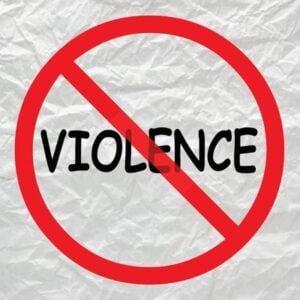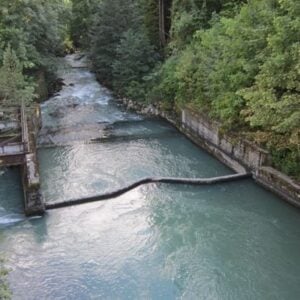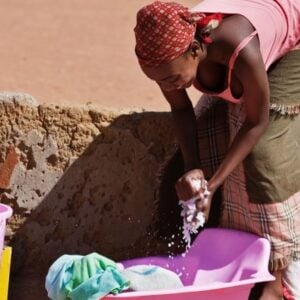Hundreds of thousands of Somalis have been cut off from safe water in recent months due to severe humanitarian funding shortfalls, leaving entire communities at risk of deadly disease outbreaks, according to the Norwegian Refugee Council (NRC). With water, sanitation, and hygiene services collapsing, preventable diseases such as cholera and acute watery diarrhoea are spreading rapidly. More than 300,000 people, mostly displaced families in overcrowded settlements and rural communities, have lost access to safe drinking water as trucking services and sanitation systems shut down. Currently, funding for water and sanitation stands at less than 12 percent of what is required, forcing aid agencies to make difficult choices amid escalating needs.
At the beginning of 2025, the United Nations appealed for $1.42 billion to assist 4.6 million people in Somalia, but only 17 percent of this target has been met so far. As a result, aid agencies have been forced to cut back their plans, reducing their target by 72 percent and aiming to reach just 1.3 million people with $367 million. NRC’s Country Director in Somalia, Mohamed Abdi, warned that millions will be left without help and that the cuts are already costing lives, with children under five especially vulnerable to waterborne diseases. Families are walking for hours to find water, often settling for unsafe sources as once-reliable water points run dry.
From January to July this year, Somalia recorded more than 6,500 cholera and acute watery diarrhoea cases, including nine deaths. Over 1,000 new cases were reported in the last month alone, with nearly two-thirds classified as severe and half involving young children. The crisis has also led to the closure of more than 150 health facilities and a drastic reduction in mobile health services, especially in Southwest State, leaving many without access to medical care.
The crisis has taken a heavy toll on vulnerable families. Displaced mother Hawa Ali, living in a camp in Baidoa with her eight children, shared how they now walk for hours in search of water, often without finding any. The lack of safe water for drinking and cooking has left her children frequently sick, with little access to treatment. Such hardships are widespread among displaced people in overcrowded camps and among rural host communities already battling years of drought, conflict, and poverty.
Regions most affected include Bay, Bakool, Gedo, Galgaduud, Hiraan, Mudug, and Lower Shabelle, where humanitarian-run water systems have collapsed. Drought has further compounded the crisis, drying up wells and reducing borehole yields. Water prices in drought-hit areas have nearly doubled, making it unaffordable for many families. In Puntland, 800,000 people are in urgent need after their water sources were depleted, while in Somaliland, around 650,000 people are at risk due to a declared drought emergency.
Somalia is now at breaking point as conflict, climate extremes, and dwindling international aid converge. Mohamed Abdi warned that the crisis is a man-made disaster that could still be prevented with urgent global support. Without action, the human toll will continue to rise, visible in children weakened by hunger and disease, in empty water containers, and in lives lost to preventable illnesses.






